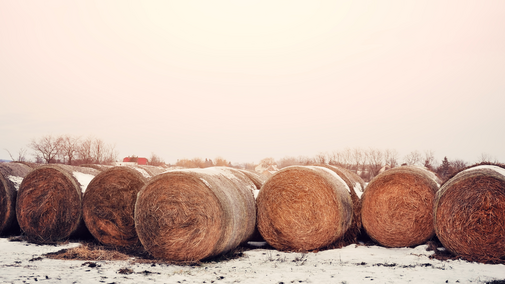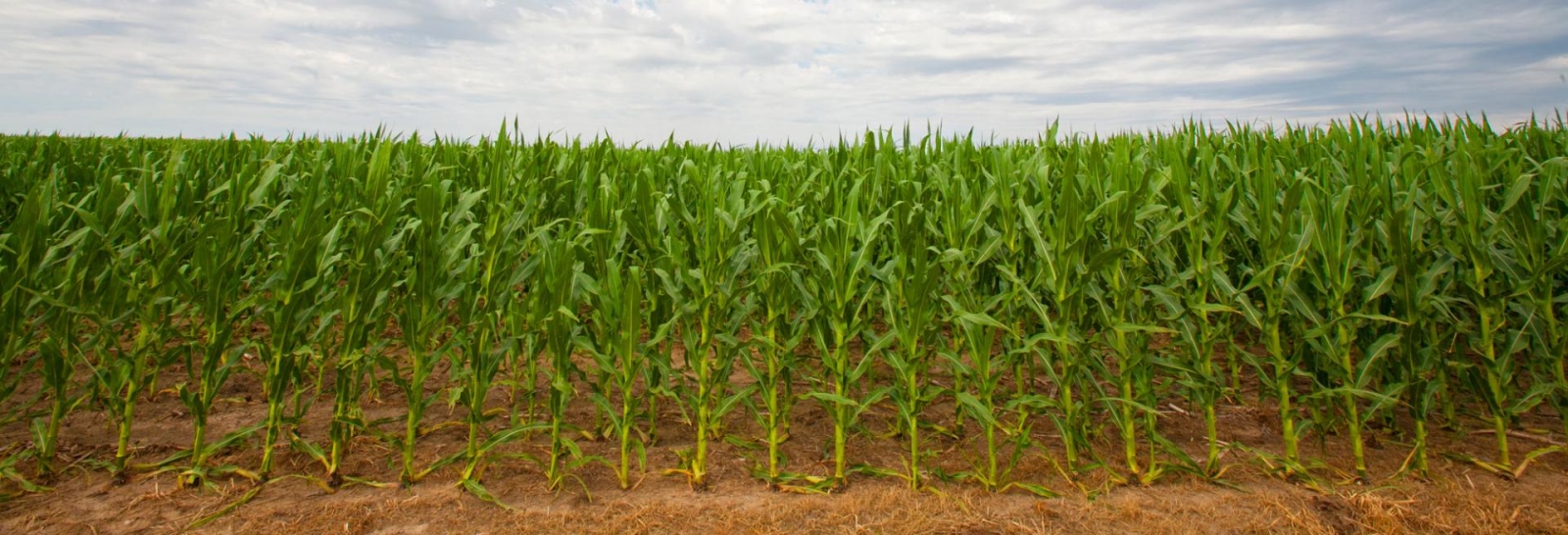Remove Net Wrap and Twine
Is twine or net wrap good feed? Obviously not, but it can cause health problems if animals eat too much of it.
To lighten the workload when feeding hay, we often take short cuts and leave some twine or net wrap on the bales. And whether we want them to or not, animals eat some of that twine.
There is the potential for twine to accumulate in the rumen of cattle and cause obstruction. Research at North Dakota State University has confirmed this risk and provided further information on what happens to twine when cattle eat it.
In a series of experiments, the North Dakota research first showed that neither plastic net wrap nor biodegradable twine get digested by rumen microbes. The old-fashioned sisal twine, however, does get digested, although quite a bit more slowly than hay.
In another study that included net wrap, the ration fed to steers for an extended period of time. Then, 14 days before the steers were harvested, the net wrap was removed from the feed to learn if the net wrap eaten earlier might get cleared out of the rumen and digestive system. Turns out it was still in the rumen even after 14 days.
So, what should you do? First, remember that it doesn’t appear to be a health concern very often. And cows obviously are more at risk than feedlot animals. So, it might be wise to remove as much twine — especially plastic twine — as can be removed easily from bales before feeding. Twine in ground hay may be less of a problem since more of it is likely to pass completely through the animal.
Think about how shortcuts and work-reducing actions you take this winter might affect your animals. Then act accordingly.
Final Hay Inventory
How much feed or hay do you have going into winter? Will you have enough feed to provide for current cattle numbers? An inventory now before winter hits full swing could be helpful.
First, get a final idea of what is available. Count bales, measure silage, evaluate remaining fall and winter pasture, and estimate crop residue grazing opportunities. Consider best- and worst-case scenarios. While keeping an eye on the weather outlook is helpful, consider what happens if conditions turn cold and snowy and pasture or residue grazing won’t be as effective.
We also need to get an idea of how many animals need to be fed and what quality that feed needs to be. Keeping May calving cows through the winter is different than growing stockers. Factor storage and feeding losses into your planning as well. Silage uncovered outside or improperly stored hay can easily have over 25% dry matter losses in storage. How you feed will also add to the amount of loss you can expect.
After we make a final assessment, it’s time to plan. Some may have too much feed laying around that is getting old. Selling some may generate a premium. If we come up short, consider options. Do you have the fixability to sell off some animals if feed is getting tight or do we need to pad our reserves? If so, is buying feeds that are cheaper now and storing them through the winter a possibility? Or do we roll the dice on needing to purchase later when availability is lower and costs might jump.
Planning is indispensable. Having a feed inventory and checking prices and availability now will go a long way to reducing the anxiety of what we will feed our cows this winter.

